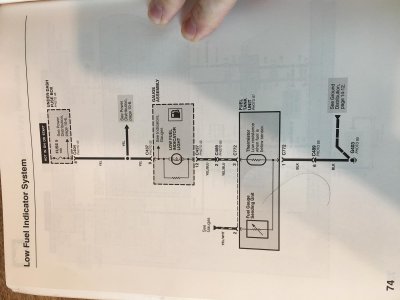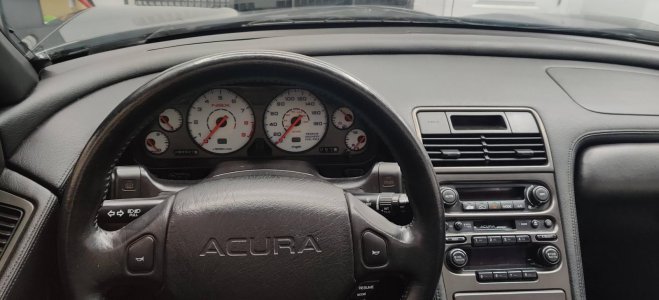- Joined
- 30 December 2002
- Messages
- 232
The low fuel indicator set me back about a week. I did not know there are two resistors in cluster that work with sending unit in tank. When I connected indicator to it, it stay turned on and I know I had half a tank of fuel. I traced the cluster and found those two huge resistors that connect to low fuel indicator are responsible for it. I ordered a dozen of different resistors and found those blue ones are very similar in size and work. I wired two of them and finally my low fuel indicator goes off.
The blue resistors that I got are almost the same and worked!!


Wiring almost done. I added a fuel pressure sensor and stand alone oil pressure sensor.

Sent from my iPhone using Tapatalk Pro
The blue resistors that I got are almost the same and worked!!


Wiring almost done. I added a fuel pressure sensor and stand alone oil pressure sensor.

Sent from my iPhone using Tapatalk Pro















